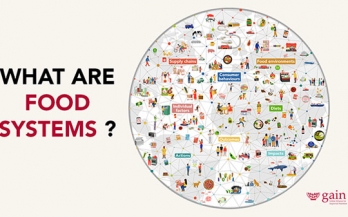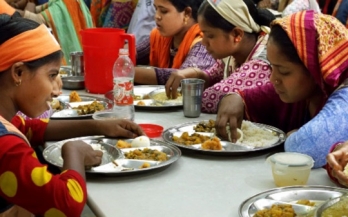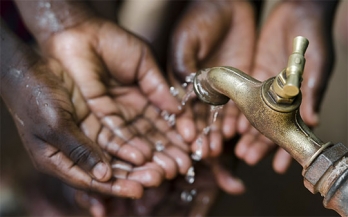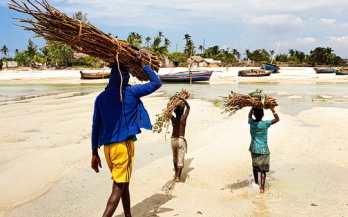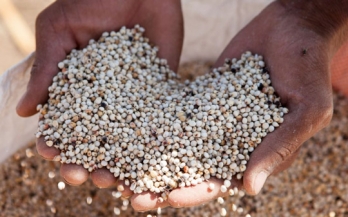Dubbed a "Peoples Summit", it is open to unprecedented engagement in every country, from every sector, and every constituency. It is also dubbed a "Solutions Summit" with a focus on action. I lead one of the five thematic areas or "Action Tracks" (ATs) on "Ensuring access to safe and nutritious foods for all". There are four other ATs, a Science Group, a Champions Group, 4 cross-cutting Levers and the over 100 Summit Dialogues to date.
Our food systems profoundly impact our ability to achieve universal goals of human and planetary wellbeing, with food directly or indirectly linked to several of the United Nations (UN) Sustainable Development Goals. With the UN Food Systems Summit scheduled to convene a wide group of stakeholders from all walks of life in September 2021, food systems are rising up the agenda.
Here comes the third wave. Like the first COVID-19 wave and the second wave, we cannot know in advance its peak, scale, or duration. I often think that things could have been different if we could have predicted the pandemic’s impact, but we were found to be ill-prepared. If we had relevant information and better disaster preparedness, we might all be living differently by now, I guess.
In the nine countries where GAIN works, lockdowns and border closures to mitigate the spread of the virus and the concurrent economic impact could greatly increase hunger. In some places, restrictions in movements and lay-offs would mean reduced accessibility to fresh produce and nutrient-rich animal-sourced foods, resulting in millions of people having to resort to less nutritious foods.
GAIN is committed to building a more equitable, diverse and inclusive workforce where all differences between people: their life experiences, professional backgrounds, knowledge and the varied perspectives they bring, are recognised and valued in a meaningful way.
One in three people worldwide suffers from malnutrition today, making it a massive global concern impacting individuals, businesses, and economies alike – in both developing and developed countries. The health impacts of COVID-19 on workforces are bringing heightened concerns to businesses worldwide.
In late February, twenty-four World Food Prize Laureates penned a letter asking the Biden Administration for help. These internationally recognized and exceptional Laureates are known to have advanced the quantity, quality, availability of, or access to food through creative interventions within the food system.
Water is often described as a precious commodity, but it is so much more than that. It enables and sustains life. In households, schools and workplaces. Water can mean health, hygiene, dignity and productivity. In cultural, religious and spiritual places, water can mean a connection with creation, community and oneself. In natural spaces, water can mean peace, harmony and preservation.
According to the Cost of Hunger in Africa (2017), Mozambique loses approximately 10.9% of its annual GDP (1.6 billion Dollars) due to chronic malnutrition. It is therefore urgent that all sectors converge and identify solutions to mitigate the negative impacts of malnutrition.
The United Nations and the Government of Italy announced today that the Pre-Summit gathering for the 2021 UN Food Systems Summit will be in Rome, Italy from July 19 to July 21, 2021. Under the leadership of UN Secretary-General António Guterres and Prime Minister of Italy Mario Draghi, the Pre-Summit event will bring together the efforts and contributions of a global engagement process to shape ambition to transform food systems.


